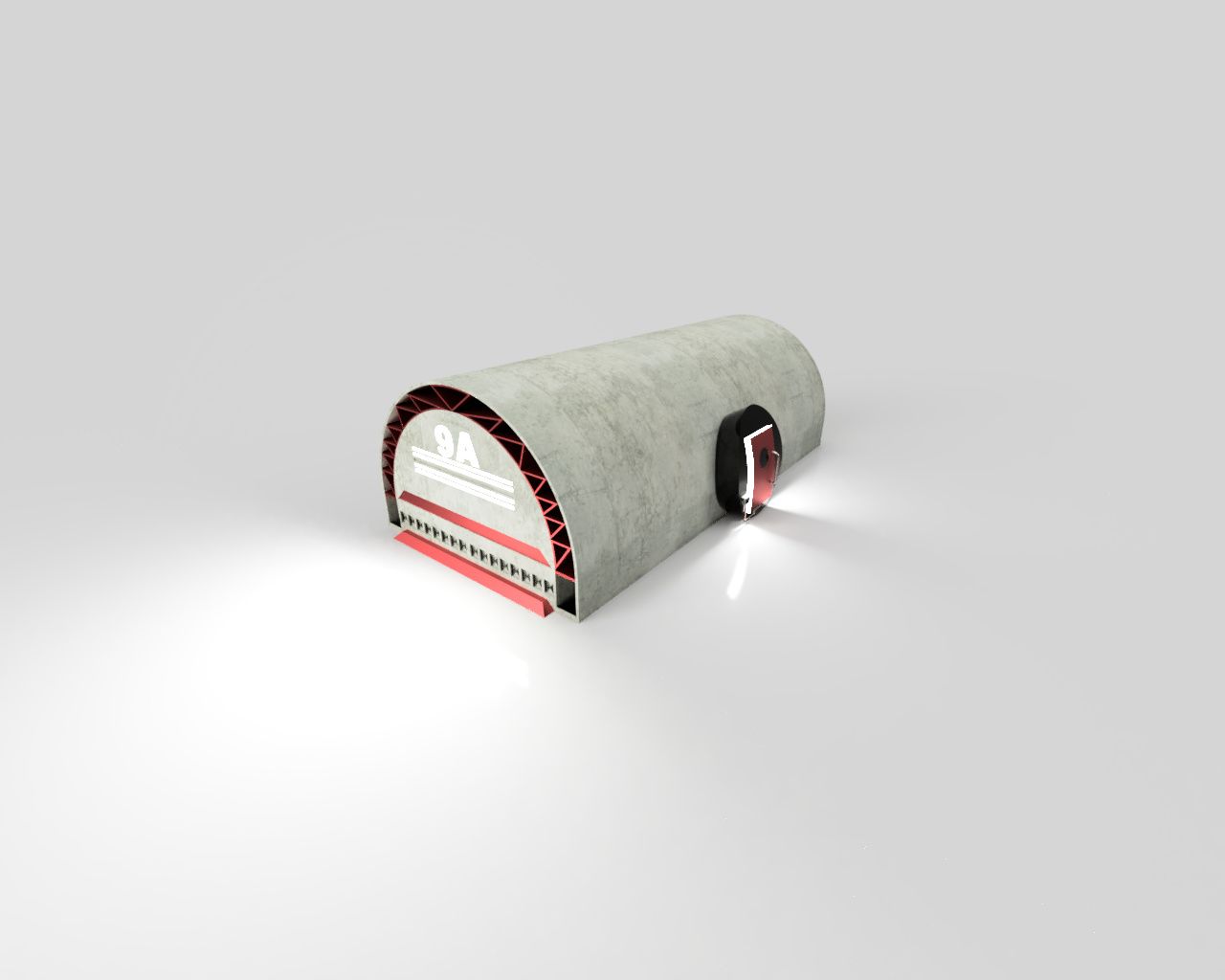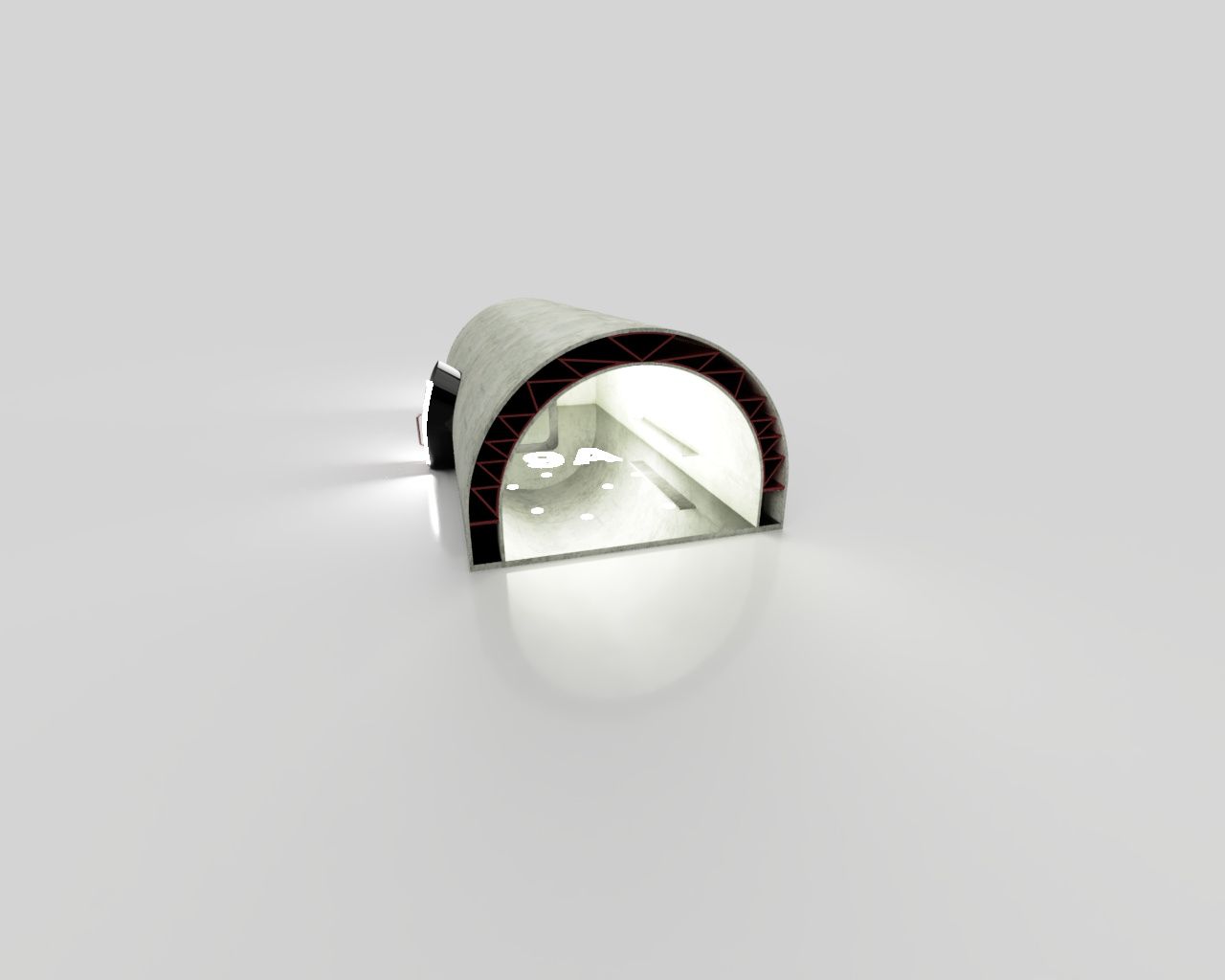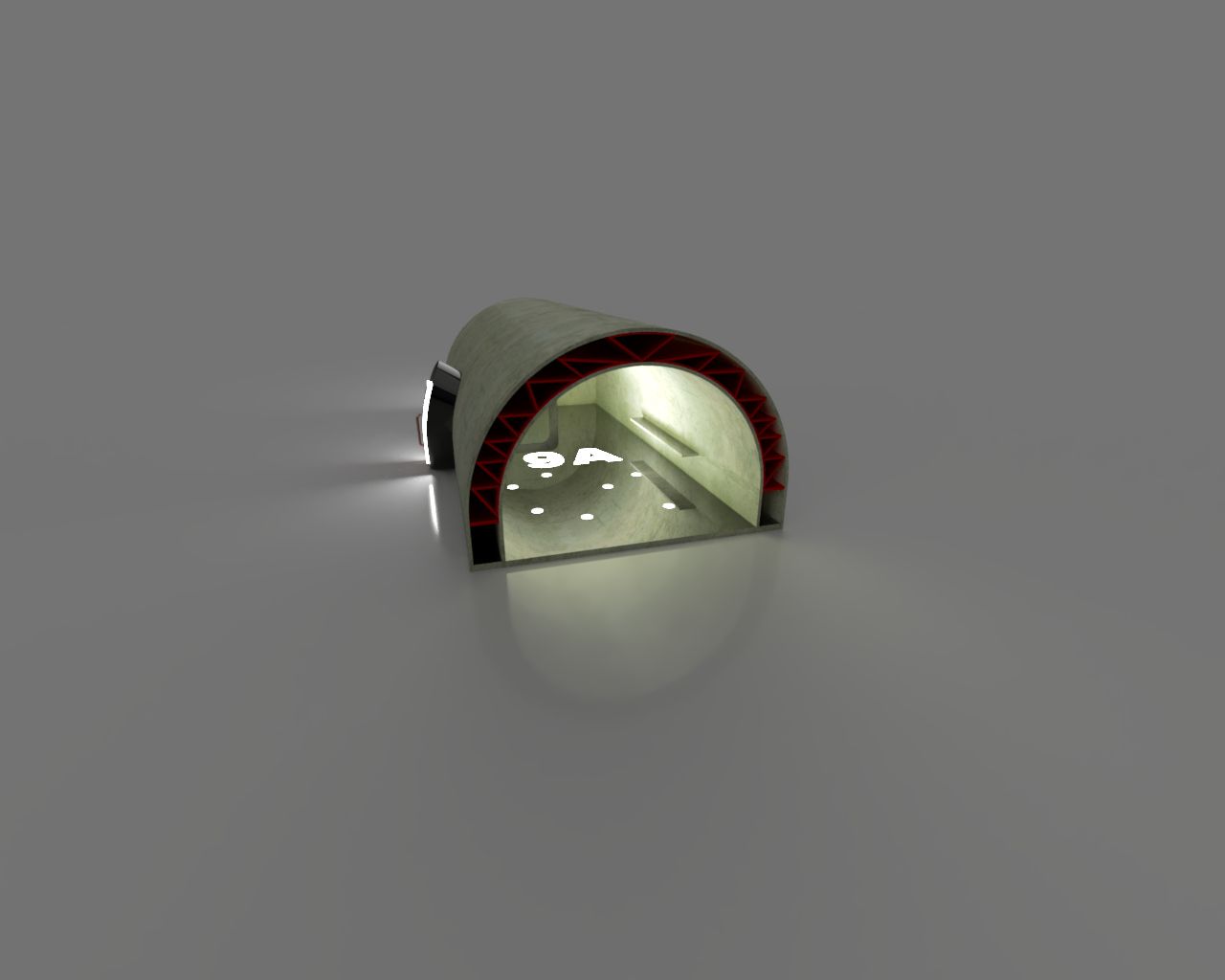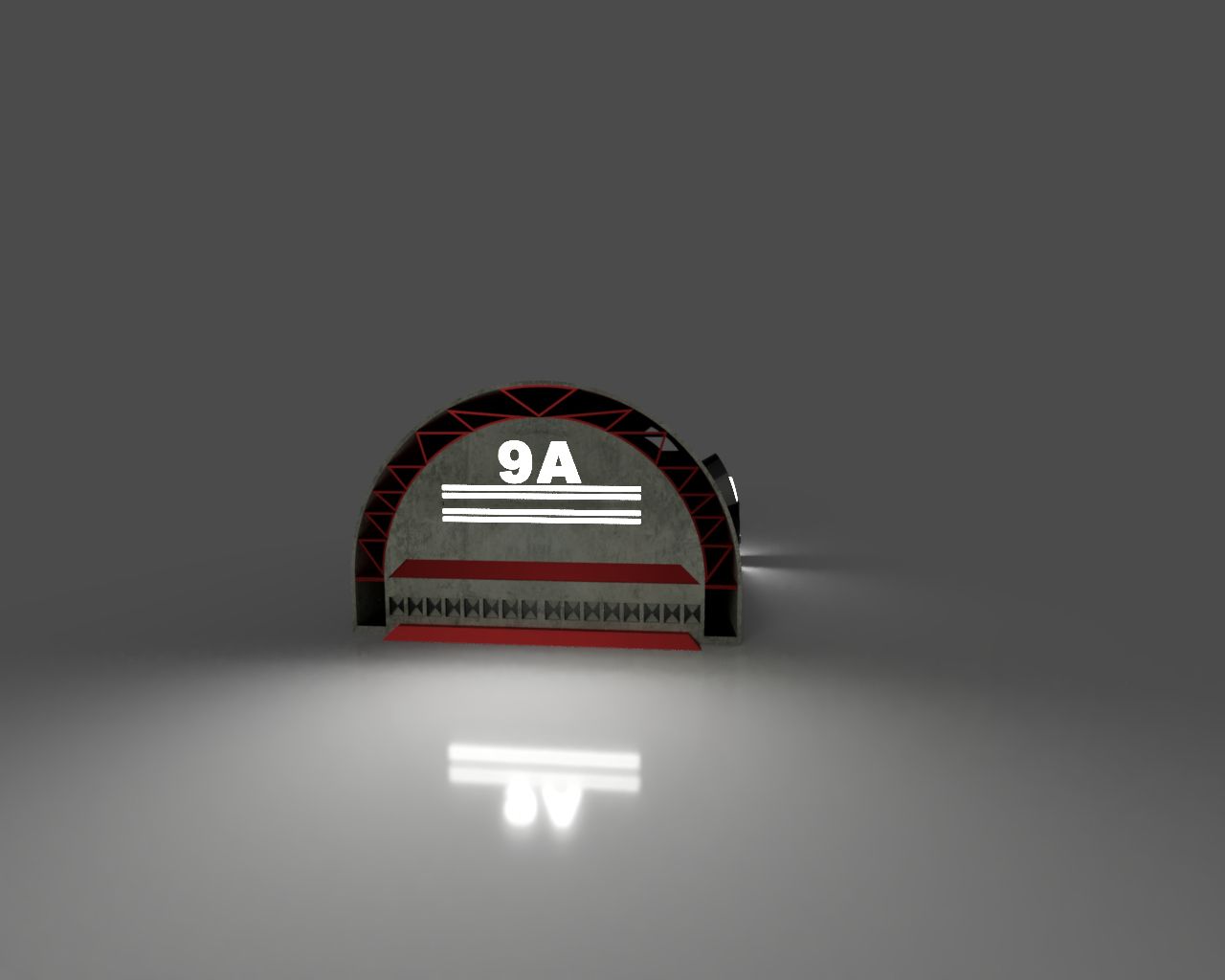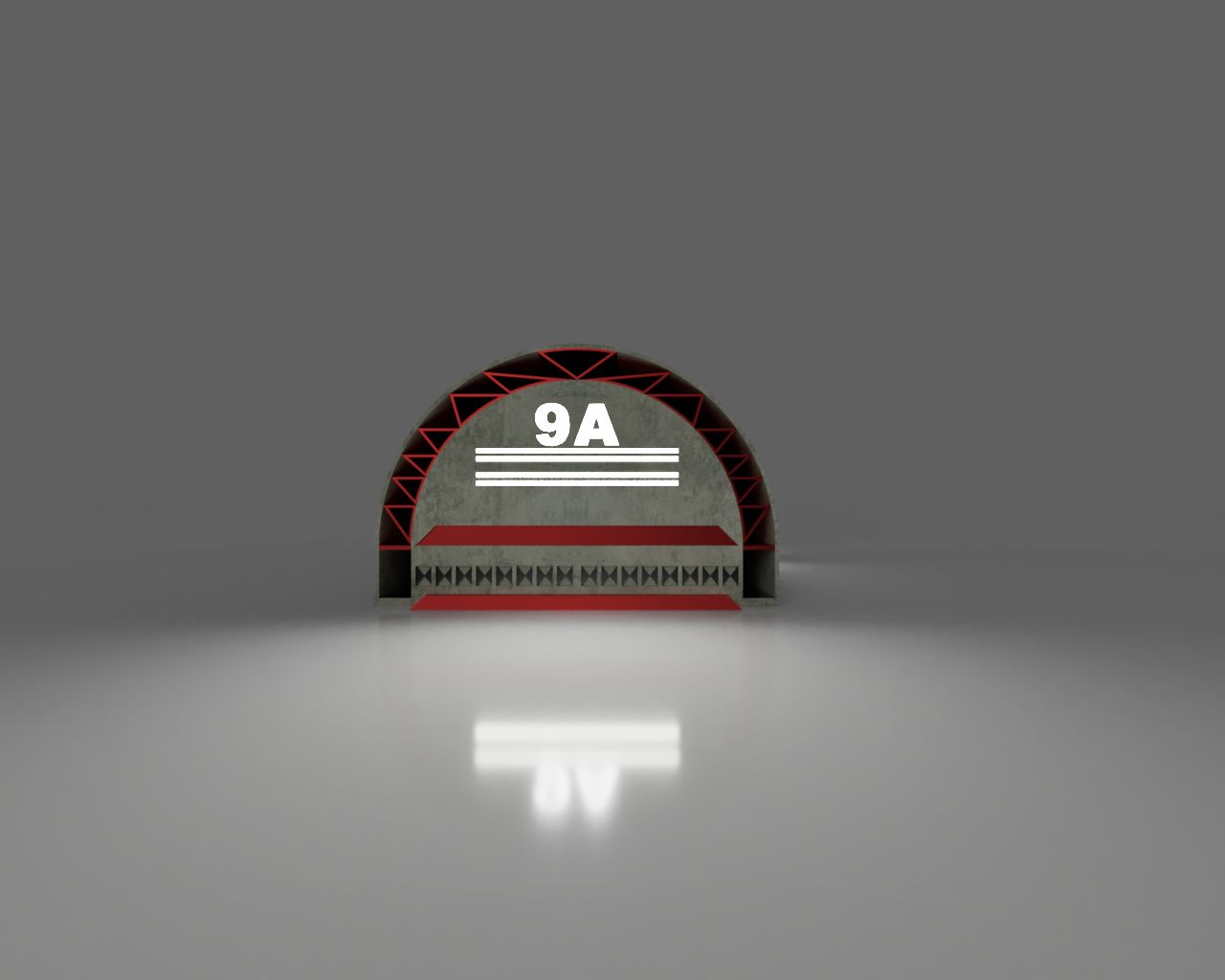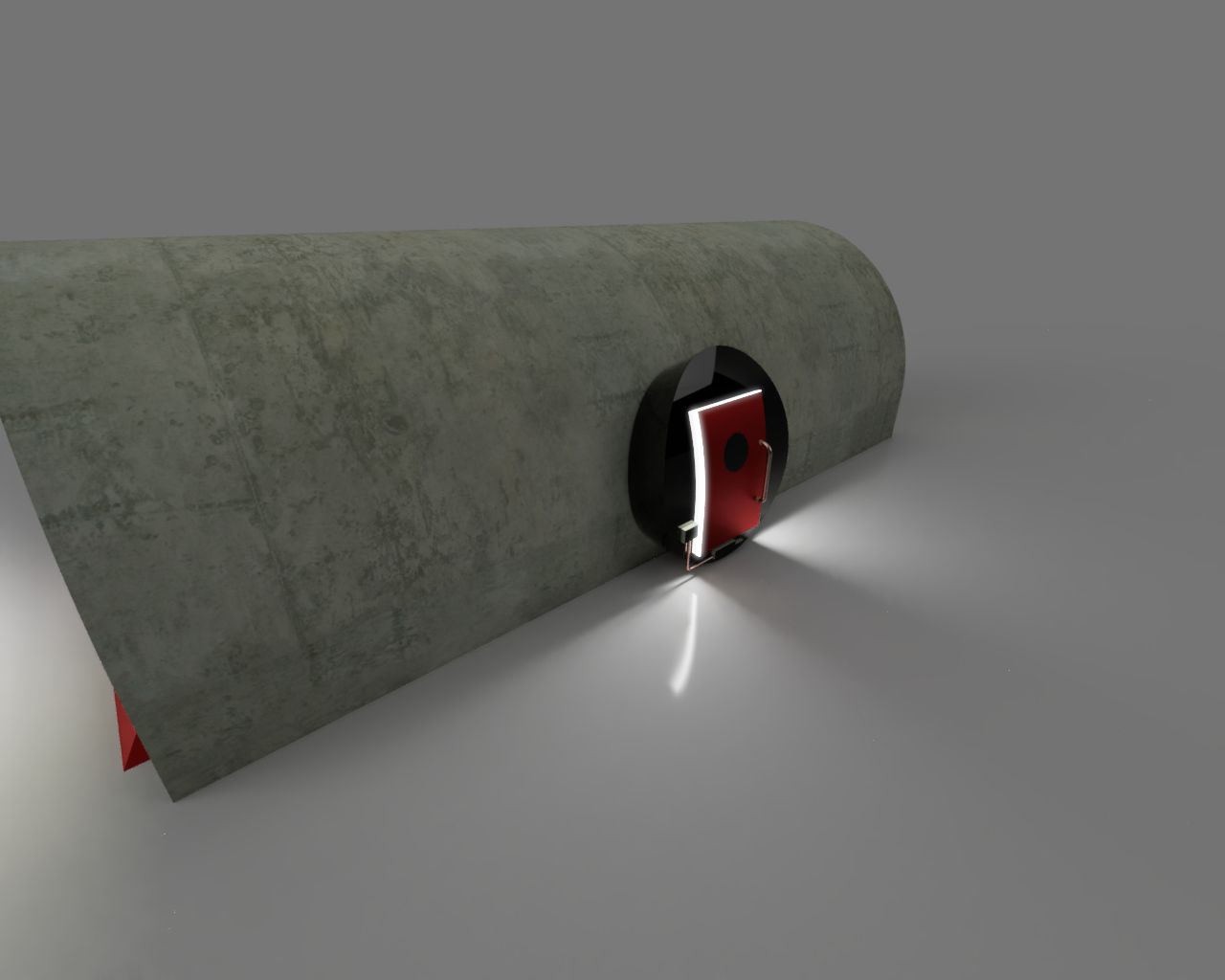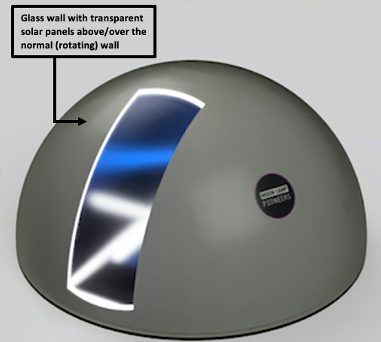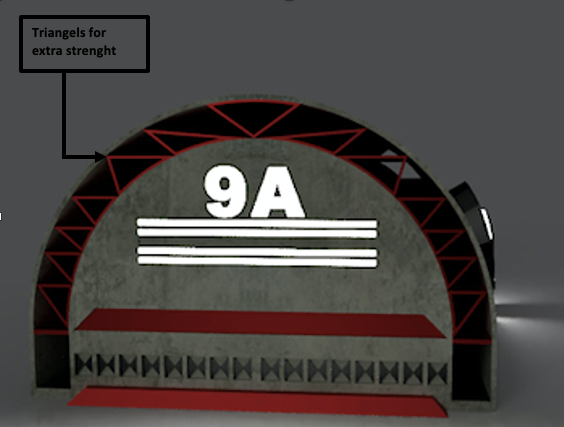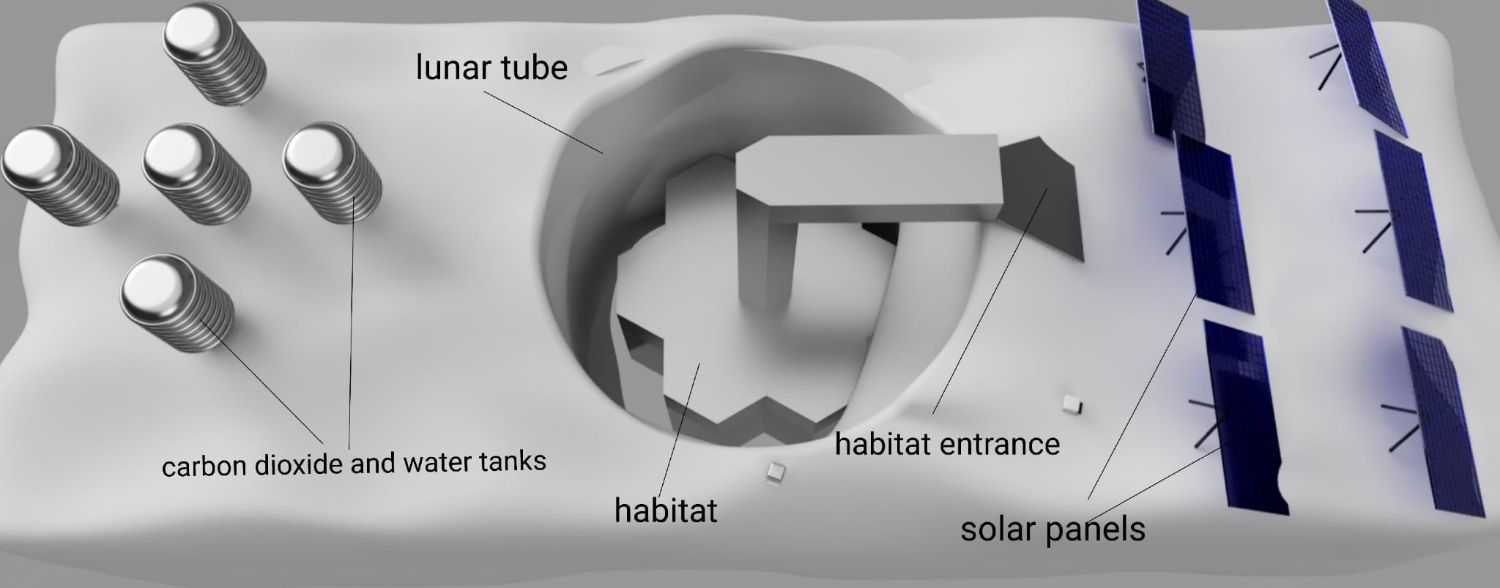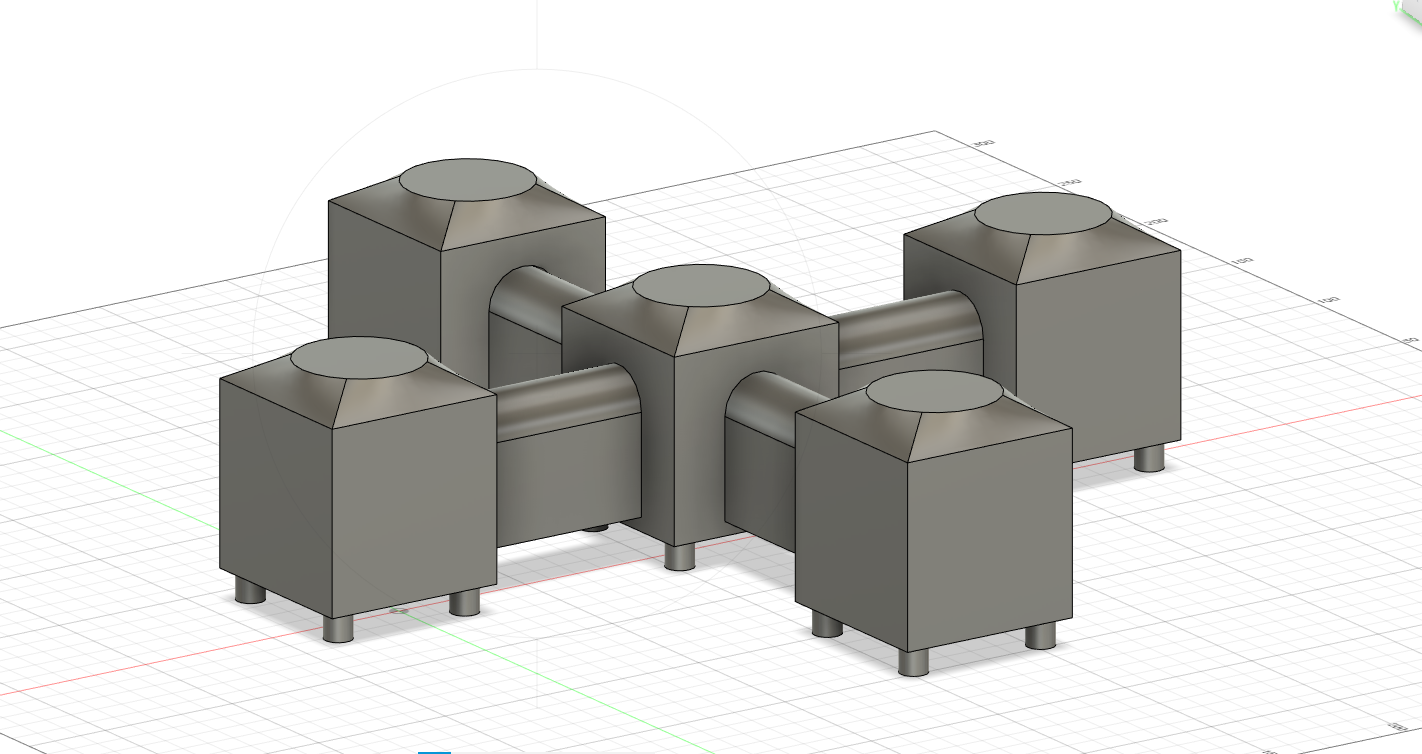Moon Camp Pioneers Gallery 2021-2022
In Moon Camp Pioneers each team’s mission is to 3D design a complete Moon Camp using Fusion 360. They also have to explain how they will use local resources, protect astronauts from the dangerous of space and describe the living and working facilities.
Team: Project 9
Melanchthon Bergschenhoek Netherlands 15, 16 4 / 0
External viewer for 3d project
|
Project description
Our lunar base will be a place for ground-breaking scientific for the coming decades. It will accommodate 4 astronauts who change with 4 new astronauts every 4 months. The moon camp will be built in different phases so when the astronauts arrive the moon camp will be done for the most part. In the first phase, only materials and robots will be sent to the moon. The robots will take the materials and they will excavate the ground and extract materials from the lunar regolith. In addition, they will place the walls and ceilings in the base. In the second phase, materials and the first astronauts will be sent to the moon. The astronauts will then make the moon base habitable and plant vegetables. They will still live on food and water brought from Earth and will sleep in the rocket. In the third phase, the astronauts and the final materials are sent. The astronauts will then be able to live in the lunar base and finish the base, in addition they will send robots down into the crater to collect water and use the greenhouse for food. The camp will provide everything an astronaut would need like storage, a place to sport, a place to sleep, a greenhouse to grow food and a laboratory for scientific research. We wanted the laboratory and the storage on the same floor for easy transport from one to another. And the capsules on top of the surface are there because they have benefit from the sun. |
|||
|
2.1 Where do you want to build your Moon Camp?
We want to build our Moon Camp on the edge of the Whipple crater. It is located on the north pole of the moon, and it is located close to the Peary and Byrd craters. We chose for this location, because there is nearly 80% of the time sunlight and the temperatures are way less extreme than the temperatures on the equator of the moon, which can go as high as 127 degrees Celsius and as low as minus 173 degrees Celsius. The temperature on the edge of the Whipple crater is from -50 °C, to 10°. We also want to build our moon base close to the Peary crater because this crater is a great place for scientific research. Our moon camp will be built on the inside of a crater because the crater itself will function as protection and will provide more than enough place for buildings. 2.2 How do you plan to build your Moon Camp? Describe the techniques, materials and your design choices.
We are planning to build our moon camp by using local resources. Ilmenite is found in the Anorthosite rock. This rock is found on the moon and contains other interesting substances. One of these is the mineral Magnetite. This mineral contains a lot of iron, which makes it important for the manufacture of a solid moon base. Furthermore, it has a strong magnetic effect and can be made into a permanent magnet. This may be useful for repairing research equipment or other research-oriented applications. We are going to make the base from above and dig deeper and deeper down. This is how we create the different spaces in our moon camp. We decided to build our moon camp on the inside of a crater. We did this because a crater will provide protection and walls to support our moon base. The capsules we designed will be connected by stairs to each other. It will have a formation where there are capsules placed from left to right and from just below the surface till a bit deeper. When in the future the base must be expanded the astronauts can just dig deeper. The roof and walls of the robot storage will also function as a place for normal solar panels and the glass of the green houses will have transparent solar panels. The living room will also provide a place to sport and so to stay in shape. 2.3 The environment on the Moon is very dangerous for the astronauts. Explain how your Moon Camp will protect them. (maximum 150 words)
We want to protect our moon camp against radiation, by the usage of polyethylene. Polyethylene is a perfect insolation material, and you will only need about 10/20 centimetres to protect your base from radiation and meteorites. We could also use the polyethylene for the “greenhouse” because there is transparent polyethylene. This way the plants can still get their sun while they and the astronauts are protected, so the astronauts won’t need a spacesuit just to harvest their food. Because we build the base inside the crater walls, the crater will also function as a layer of protection. This combined with an inside wall made of a layer of iron and polyethylene will protect our moon base from radiation, meteorites and will retain a liveable temperature. A fast way out in an emergency is also important, so our moon base will provide escape capsules in a room in the moon base. You can access that room through different routes. These routes between the rooms consist of stairs and normal walkways. You can seal these routes in case of an emergency. This is possible because we placed a lock in the walkways. This lock will be resistant against fire and extreme colds, like the walls. |
|||
|
2.4 Explain how your Moon Camp will provide the astronauts with:
|
Water
|
Food
|
Power
|
Air
|
|
Our moon camp will provide the astronauts with water, by using the water ice from the Whipple crater. The ISS has a system specifically for recycling water for the astronauts on board: ”the water recovery system (WRS)”. Simply put, the system captures dirty/ used water, and this water is then filtered so that it can be reused. Our bodies release water through sweating, using the toilet, and even breathing. These biological ‘by-products’ are captured from the crew, then filtered to remove impurities and contaminants. After this, the remaining water is used for drinking, showering, and preparing food. This water is even cleaner than the water we drink here on earth. Some water is always lost, but we can get new water by using the 2-meter-thick layer of water ice that lies at the bottom of the Whipple crater. We can convert this ice into water. |
Our moon camp will provide the astronauts with food by installing greenhouses where crops can grow. The problem with these greenhouses is that an atmosphere must be created inside the greenhouse for the plants to grow. Systems that regulate these values in the greenhouse require a lot of energy. Our most efficient solution for this is to introduce transparent solar panels. These are placed on the glass of the roof of the greenhouse so that they face the sky at the right angle for optimal sunlight. These transparent panels still allow the sunlight to pass through for the plants, but at the same time convert it into energy with which the systems in the greenhouse can allow the plants to grow optimally. The greenhouses will be placed on the top of the capsules sticking out of the ground |
Our moon camp will provide the astronauts with power by using solar panels and transparent solar panels. The ”normal” solar panel will be placed on top of the robot storage and the transparent solar panels on top of the greenhouses. As with all solar panels on the moon, there is the problem of moondust that can potentially cover the solar panels and reduce the supply of light and energy. Our solution for this is the use of a cleaning system where a brush is gently moved over the panels, with a little bit of water, by means of a rail system. We also need to ensure that the plants do not receive too much sunlight. For this, sunscreens must be placed on the inside of the glass to ensure that the plants do not die from the much sunlight. The screens can be raised or lowered as required while the solar panels on the outside of the glass continue to supply energy. |
Our moon camp will provide the astronauts with air by using ilmenite, because we can use the mineral to extract oxygen in a simple manner. The oxygen can be used for the astronauts and is of course one of the necessities of life when it comes to life on the moon. In addition, we can use spirulina. Spirulina is an alga that produces oxygen and is very healthy to eat. Finally, we will use the ISS’ oxygen recycling system to reduce our oxygen needs. The Environmental Control and Life Support System (ECLSS) is a system of regenerative life support hardware that provides clean air and water for the ISS crew and lab animals by artificial means. The creation of the ECLSS will allow astronauts to stay in space longer. That causes a significant drop in the price of working in a space station. The ECLSS consists of 2 main parts, the water recovery system (WRS) and the oxygen generation system (OGS). |
|
2.5 Explain what would be the main purpose of your Moon Camp.
The main purpose of our Moon Camp will be for scientific research. We can then examine the moon soil and the water ice at the bottom of the crater. In addition, we can investigate the Peary crater. The astronauts can investigate the water–ice that you can find inside the craters, and they can investigate the craters themselves for products or the environment. There is also a laboratory to investigate even further. In the beginning we will only focus on scientific research, but if more people eventually settle on the moon base, we can also make a stopover for Mars. Here the rockets can then be refuelled so that means they can take less fuel with them for the trip to Mars. |
|||
|
3.1 Describe a day on the Moon for your Moon Camp astronaut crew.
All astronauts have the same routine on a day, just at different times. This means that someone is always awake in the event of an emergency. When an astronaut wakes up after 8 hours of sleep, he will first perform morning hygiene, after that they will take vegetable from the greenhouse and prepare the food and eat it in the lounge/ kitchen. When finished he/ she will check the capsules for Thereafter they will start with the scientific research. In the middle of the day, they will have a break from scientific research for an hour and will go to the lounge/ kitchen to eat lunch and when done train. At 4 pm they will have contact with earth in the lounge/ kitchen and will talk about the discoveries they made and how everybody is doing. Everyone starts at different times so some astronauts will start the day with contacting earth and others will end the day with contacting earth. After that they will have free time and at the end of the day an astronaut will perform hygiene and go to his bed. |
|||


